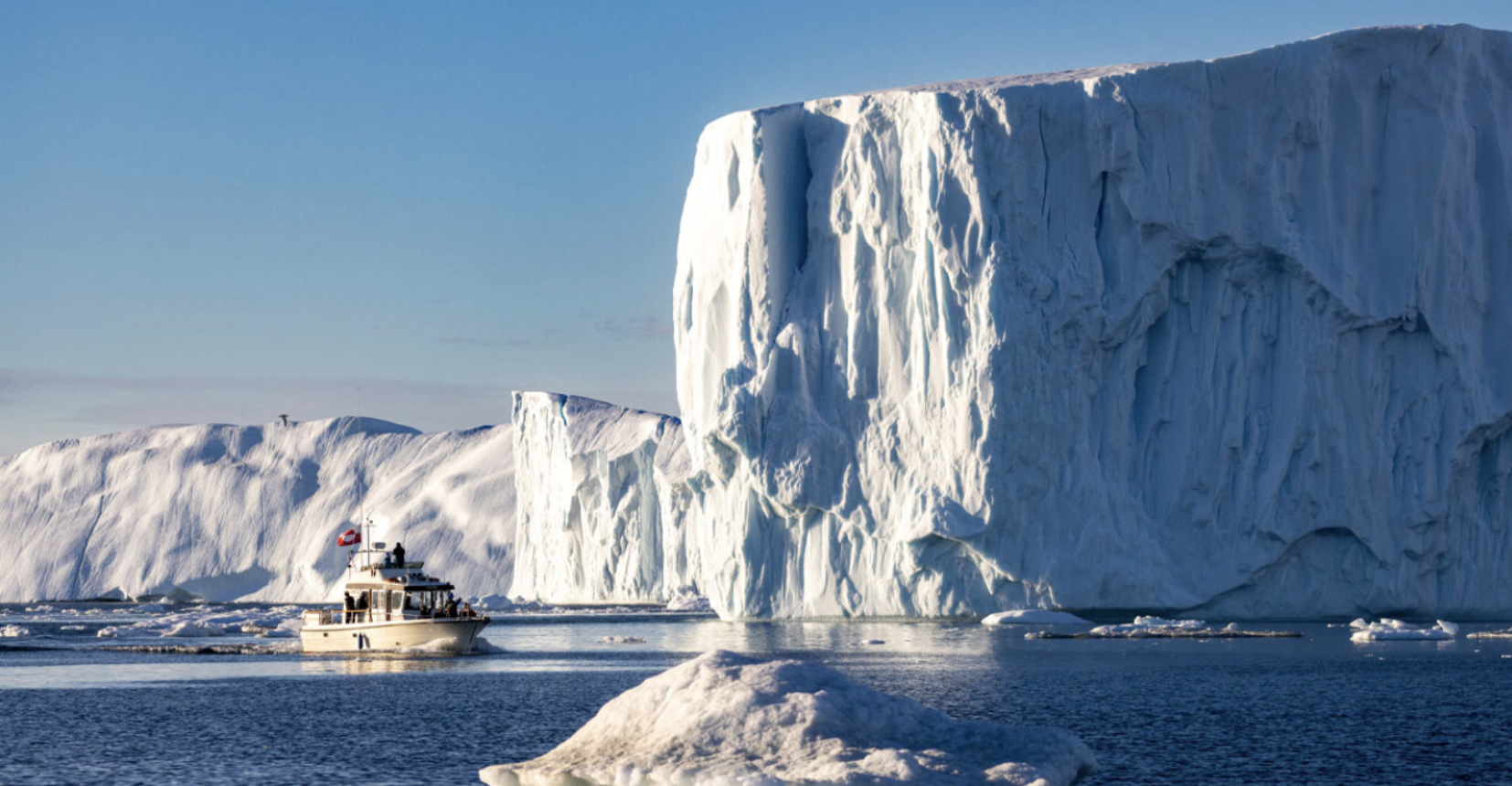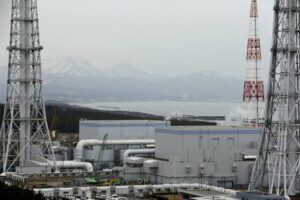This seismic event was detected by sensors worldwide but was so unprecedented that researchers initially had no idea what had caused it. Now, having solved the mystery, scientists say it demonstrates how global warming is already affecting the planet on a large scale, making significant landslides possible in areas once considered stable as temperatures rapidly rise.
The collapse of a 1,200-meter-high mountain peak in the remote Dickson Fjord occurred on September 16, 2023, after the melting glacier below could no longer support the rock. This caused an initial 200-meter-high wave, and the subsequent movement of water back and forth in the narrow fjord sent seismic waves around the planet for over a week, reports The Guardian.
The landslide and mega-tsunami were the first ever recorded in eastern Greenland.
A mysterious, globally observed and unprecedented 9-day-long seismic signal in September 2023 was caused by a massive 25 mio. m3 landslide in Greenland.
— Geological Survey of Denmark and Greenland (GEUS) (@GeoSurvey_DK_GL) September 12, 2024
> https://t.co/GLCKeJwxBz@K_Svennevig et al. Published in @ScienceMagazine pic.twitter.com/f5wjaAXv3O
Arctic regions affected
Arctic regions are experiencing the fastest global warming, and similar, though smaller, seismic events have been observed in western Greenland, Alaska, Canada, Norway, and Chile.
Dr. Kristian Svennevig from the Geological Institute of Denmark and Greenland, head of the research, stated:
“When we began this scientific journey, everyone was puzzled, and no one had the slightest idea of what caused this signal. It was much longer and simpler than typical seismic signals, which usually last minutes or hours, and it was classified as a USO – Unidentified Seismic Object.”
“It was also an extraordinary event because it’s the first giant landslide and tsunami we’ve recorded in eastern Greenland. It definitely shows that eastern Greenland is becoming active in terms of landslides. The waves destroyed an uninhabited Inuit site at sea level, which was at least 200 years old, suggesting nothing like this had happened for at least two centuries.”
“We are in uncharted waters”
A large number of huts were destroyed at a research station on Ella Island, 70 kilometers from the landslide. The site, established by fur hunters and explorers two centuries ago, is used by scientists and the Danish military but was empty at the time of the tsunami.
“It was pure luck that no one was harmed here,” Svennevig said.
“We are in uncharted waters scientifically,” he added.
Dr. Stephen Hicks from University College London, one of the research team leaders, stated:
“When I first saw the seismic signal, I was completely confused. Never before has such a long-lasting, globally moving seismic wave been recorded, containing only one frequency of oscillation.”
It took 68 scientists from 40 institutions across 15 countries to solve the mystery, combining seismic data, field measurements, ground and satellite imagery, and high-resolution computer simulations of the tsunami.
The analysis, published in Science, estimated that 25 million cubic meters of rock and ice fell into the fjord, traveling at least 2,200 meters along it. The direction of the landslide, combined with the steep parallel walls of the bay, contributed to much of the landslide’s energy remaining within the fjord, resonating for so long.
The tsunami wave reduced to seven meters within minutes, according to the researchers, and to just a few centimeters over the following days when the Danish military visited and photographed the fjord.
But this release of a massive volume of water continued to send seismic waves across the globe.
Ask me anything
Explore related questions





